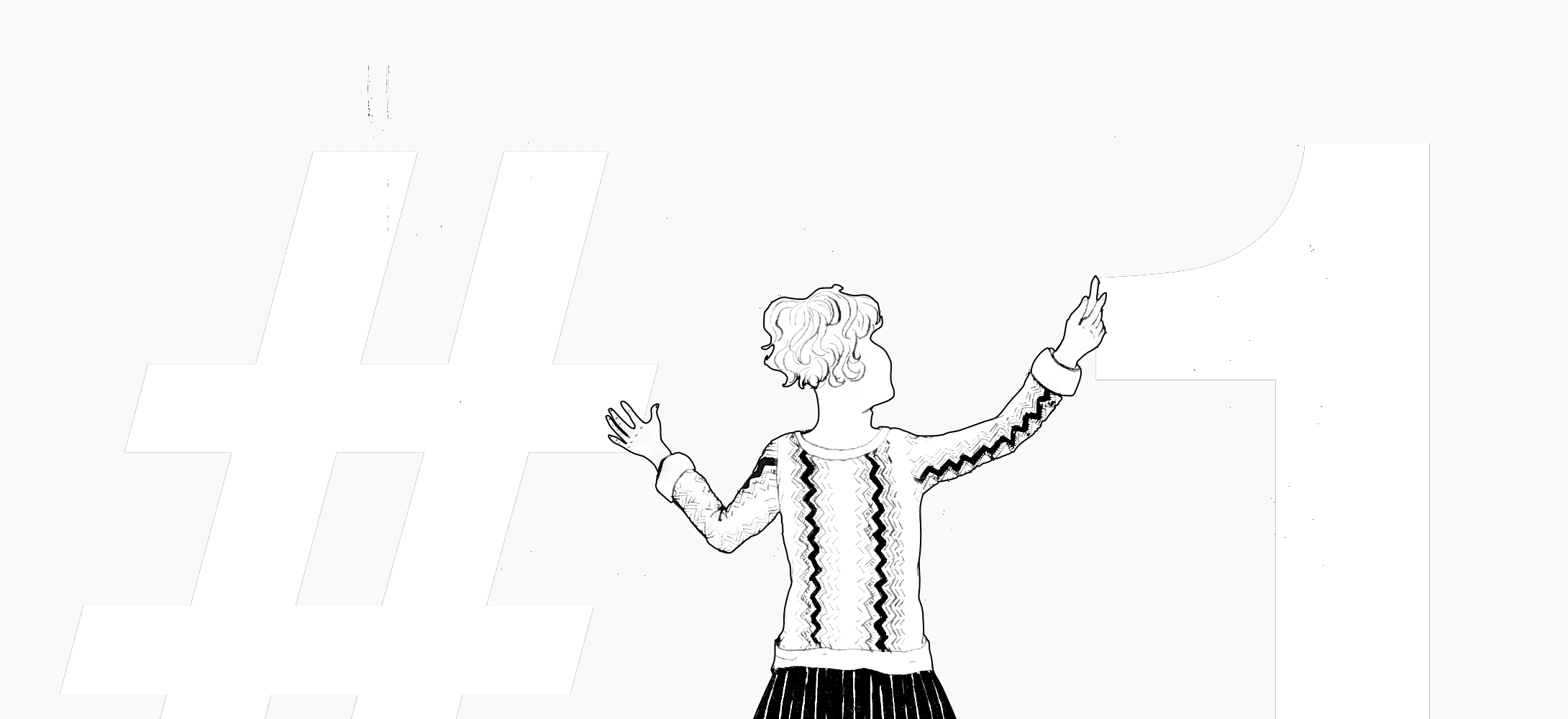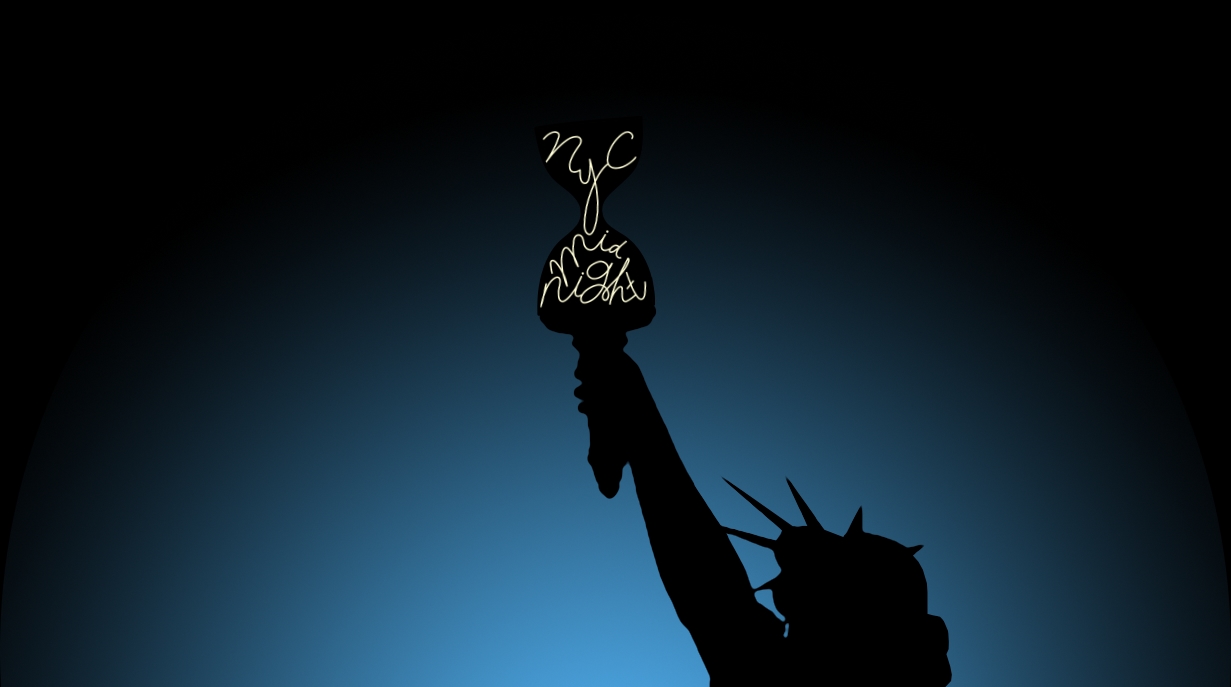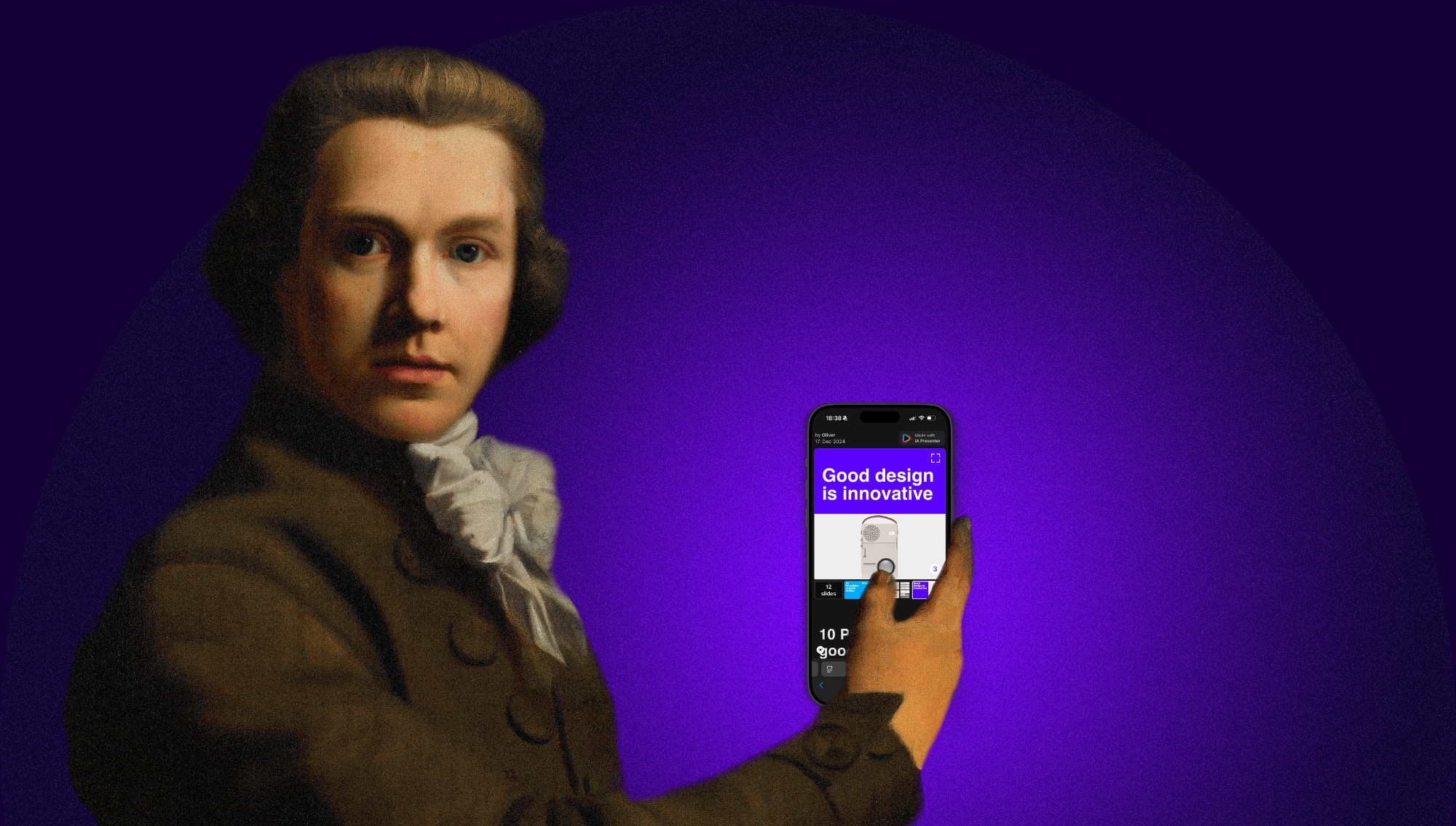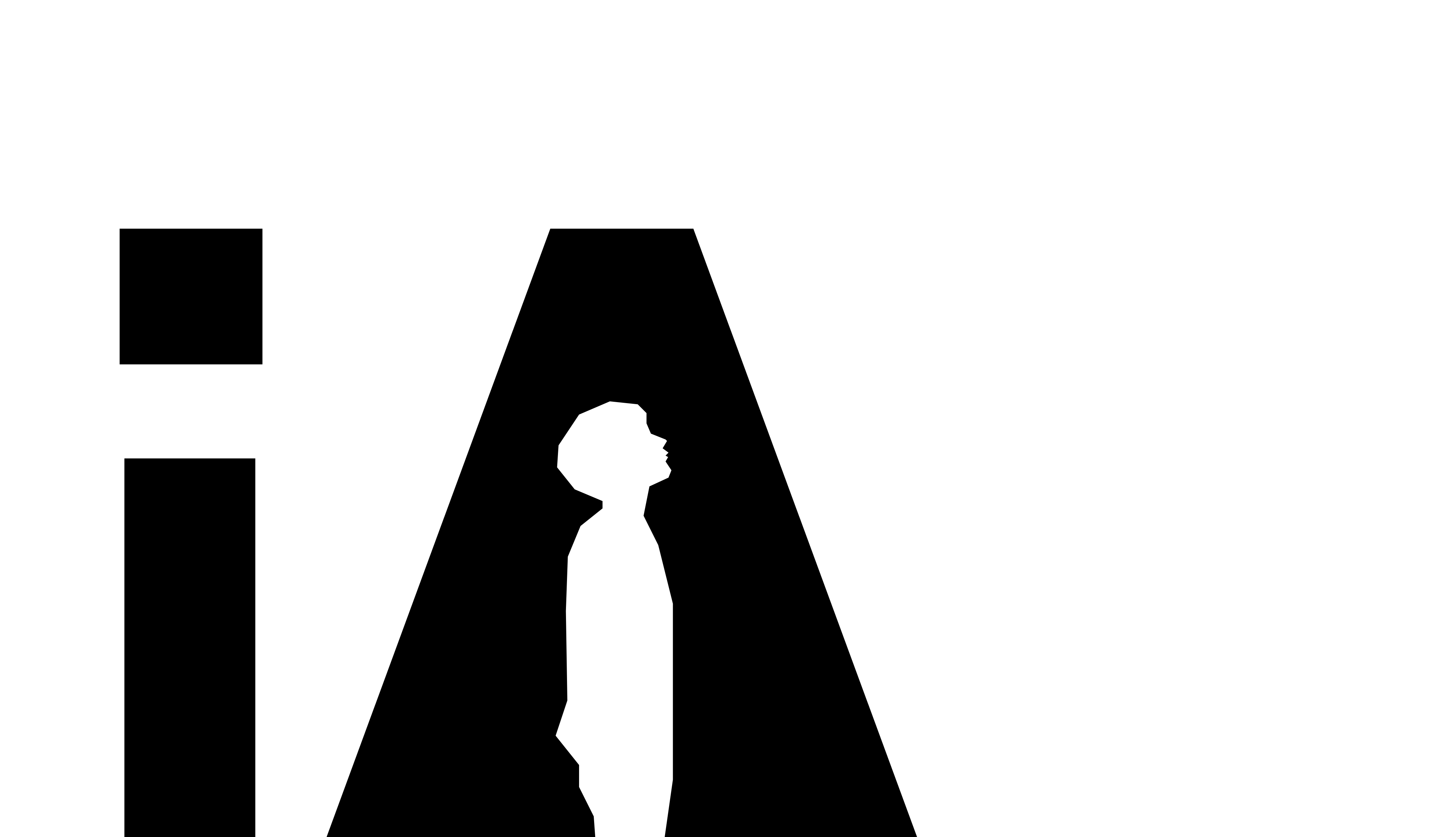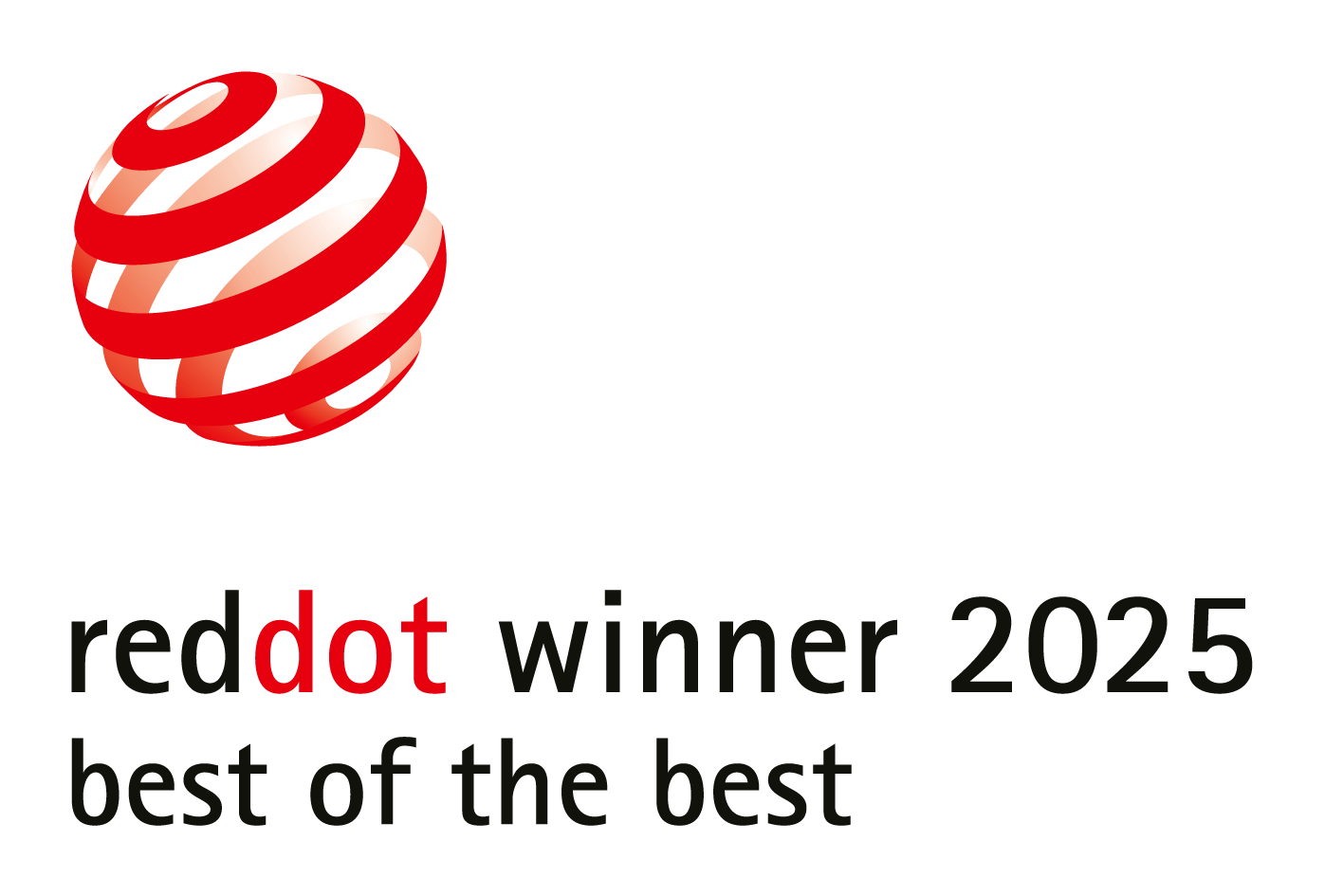You wrote. We read. And we were moved. Here are the winners of the iA Awards.
This was our first award, and we weren’t sure what to expect or how to judge the submissions. As we read through hundreds of texts and presentations, our criteria became clear. We focused on what matters most when reading: Emotion, Logic, and Impact.1
These subjective criteria reflect the personal nature of communication, emphasizing the connection between writer and reader.
Choosing the winners wasn’t about finding the objectively best texts or presentations. Instead, we selected the ones that moved us, resonated with us, and left a lasting impression. We discussed. Then we voted.
The Winners
Writing Award: João Sevilhano, On the Beauty of Distraction
João Sevilhano’s essay, On the Beauty of Distraction, explores how we view attention.2 “In English, we pay attention. In French, we make it. In German, we gift it.” These terms suggest attention is a limited resource. Sevilhano argues that while technology often gets the blame, distraction is a natural human trait. He believes that embracing both focus and distraction can enrich our lives. 
This essay resonated with our team because it challenged a shared belief, that motivates us as a team, that distractions are purely negative. João made the point that not all distractions are equal. When chosen deliberately as a moment of breathing and not as a fast escape, distraction can give us energy and inspire us to solve our issues. Positive distractions can enhance creativity, memory, and focus.
“When performing our lives trumps the actual living of them, attention becomes a commodity. The market vies for our time and focus, knowing there’s a direct correlation between what we pay attention to and what we, quite literally, pay for. This commodification feeds into a larger societal pressure to constantly do more, achieve more, and be more. We live in an era of relentless ambition, where success is often measured by how much we produce and how little we rest. The hustle culture further fragments our attention, as we’re constantly pushed to divide our focus among numerous goals and tasks.”
This essay moved us and this is why we think that it deserves a wider audience. You can read the full text on this website.
Presentation Award: Fabian Hemmert, Artificial Intelligence: A Car for the Mind?
Fabian captivated us with its engaging delivery and thought-provoking content.3 He skillfully examined the rapid advancements in AI, questioning whether we’ve transitioned from viewing computers as “bicycles for the mind,” as Steve Jobs once suggested, to “cars for the mind.”
Referencing Darth Vader and King Louis as extremes, Hemmert highlighted the potential pitfalls of over-reliance on technology and the loss of human essence. He closes with a strong idea:
“[All of this] raises the question of balancing nature and technology. One might also consider that technology is an inherent part of human nature; we simply cannot do otherwise.”4
He suggests the concept of an “inner compass” to guide individuals in discovering new technologies in order to find the balance between embracing artificial augmentation and maintaining a happy human life.
Hemmert’s slides were exemplary—focused and supportive, enhancing his narrative without causing distraction. They effectively guided the attention to his words, allowing the audience to focus on his compelling message.
You can find the video of this presentation also on his website.
Honorable Mentions
Both winners will receive their iA Notebook. Two entries were so close that, while they didn’t win first place, we found that they deserved a notebook as well. After all, the best text isn’t always the most popular, even among our team.
Blake Watson with HTML is for people
Blake Watson’s web book, “HTML is for People,” is a free guide that teaches HTML to beginners.5 It uses simple language to help readers build their own websites. A motivating, inspiring project, well written.
“HTML isn’t only for people working in the tech field. It’s for anybody, the way documents are for anybody. HTML is just another type of document. A very special one—the one the web is built on.”
Learn more about HTML for the people.
Chenyu Huang with Sunset
Chenyu Huang’s blog entry, “Sunset,” offers a touching look at visiting his grandparents after ten months apart.6 He lovingly describes their aging and the passage of time.
“While grandpa passionately talked about the conflicts in the Middle East and mocked the ‘absurdity’ of American elections, I sat in silence peeling and slicing an apple for him, knowing nothing in my mind was likely to be inducible to a happy conversation.”
Read Chenyu Huang’s text on his blog.
After the award is before the award
It took us two months to review all the submissions. Each was created, at least in part, using our apps. Reading them made us happy.
Thank you for sending in your work. Reading and celebrating it was an honor. This was our first award, and we learned a lot. We plan to continue. So, keep writing, presenting, and sharing your stories—not just for next year’s iA Awards, but to inspire and connect with others.
-
Emotion: We assess how a text affects us emotionally. Does it evoke strong feelings? Does it resonate on a personal level?
Logic: We consider the clarity and coherence of the content. Is the argument well-structured and easy to follow? Does it present new insights or challenge existing beliefs?
Impact: We evaluate the lasting effect of the text. Does the author convey a meaningful message? Does it provoke thought or inspire change? Is it worth sharing with others? ↩ -
For more articles from João, please check this other source (in Portuguese) or his Medium account. ↩
-
Find more talks from Fabian on his website and connect with him on LinkedIn. ↩
-
In the German original: “So ist es dann eine Frage der Gewichtung von Natur und Technik. Wobei man es auch so sehen kann: Vielleicht ist auch die Technik die Natur des Menschen. Wir können gar nicht anders.” ↩
-
Discover more from Chenyu on his blog, his substack or his portfolio. ↩
